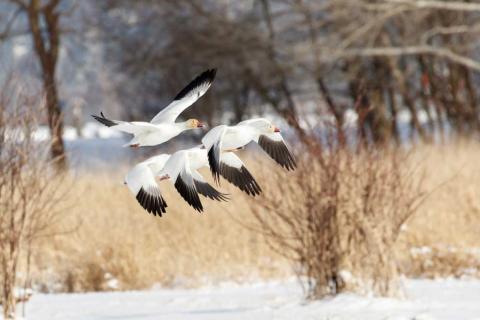Heath Wood
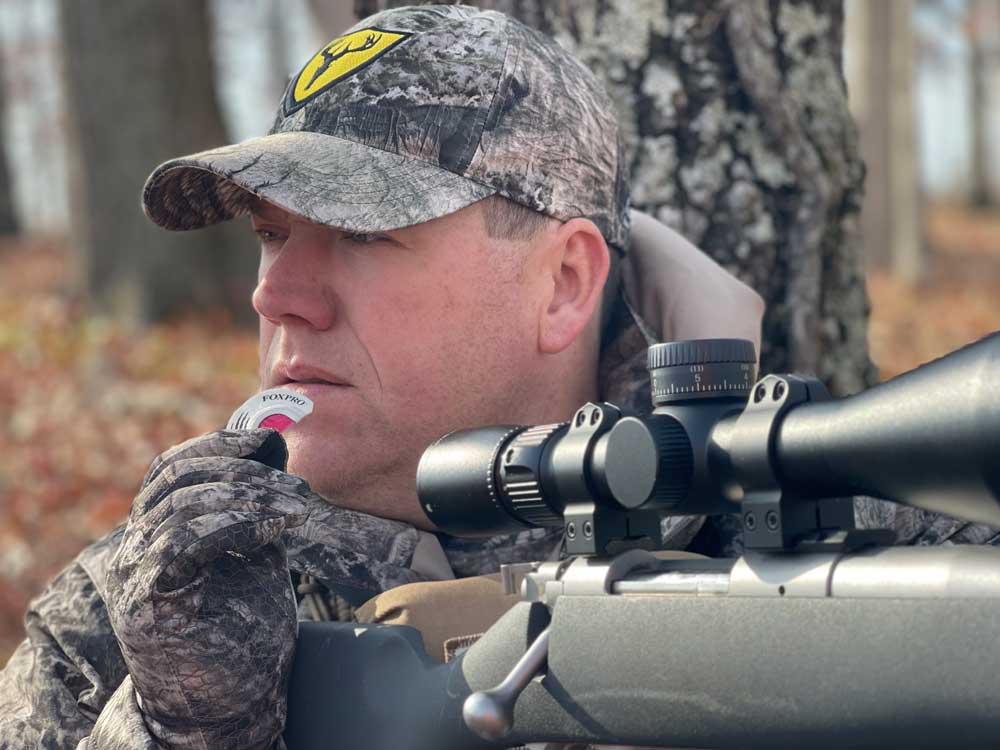
On a bitterly cold morning during the first week of February, I met up with a gentleman and his son to call coyotes on their southern Missouri farm. With neither of them having much experience calling coyotes, my morning role was to hunt like I typically would while letting both watch and learn.
Earlier that morning, I had set my FoxPro Shockwave electronic caller out in the field a mere 30 yards from where we sat, which was on the edge of the wood line. After waiting for adequate shooting light, we were finally ready to begin calling. Beginning my calling sequence, I howled three times using my FoxPro diaphragm howler. The plan was to howl a few times, then begin a prey in distress sequence with the electronic caller. However, after only a minute of howling, a sneaky coyote appeared, walking through the leaves behind our setup. I stopped the coyote at forty yards and made the shot without hesitation. As soon as I pulled the trigger, I caught movement behind the coyote; giving no time for a reaction, I squeezed the trigger on a second coyote. Having two coyotes down a minute and a half into calling was exhilarating.
The gentleman and his son were beyond excited to get two coyotes on their family farm, where they raised cattle for a living - mission accomplished! The pair of coyotes ended up being a male and a female that most likely were running together because of the breeding season that usually takes place during that time. In most parts of the United States, the breeding season for coyotes occurs from January through March, depending on what part of the country you are hunting. Living in the Midwest, I guess the prime breeding activity to be the middle of February. I usually find that coyotes have their pups from the middle of April to the first part of May. With a gestation period of 60 to 63 days for a coyote, that would make the middle of February the most likely time for peak breeding.
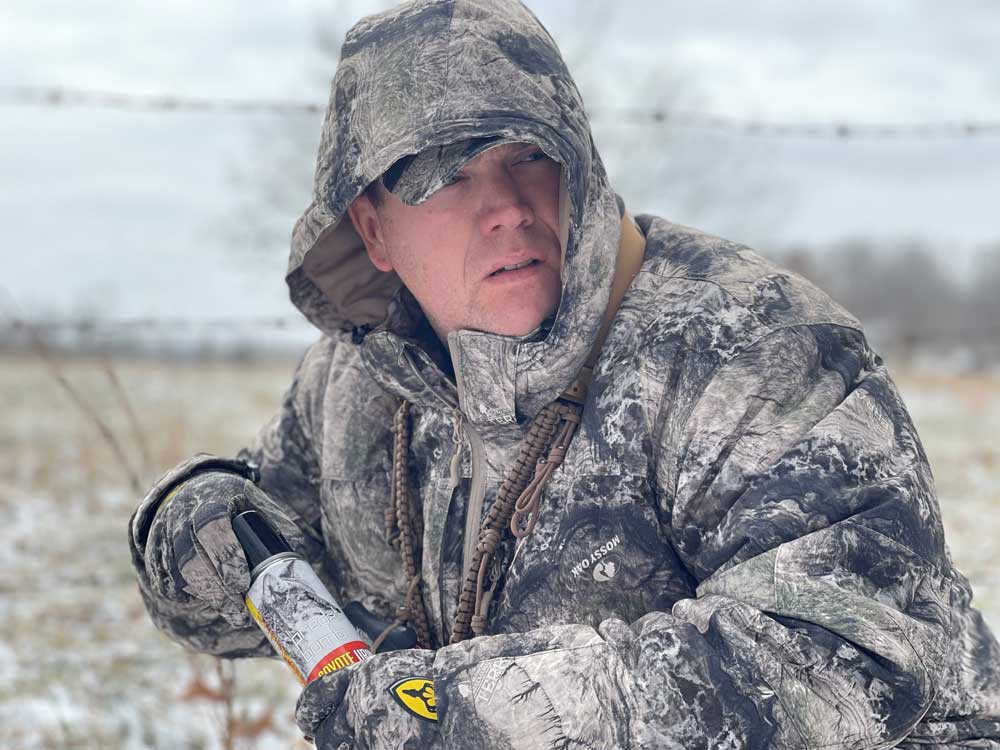
During the three months of what I refer to as the “coyote rut,” calling can be at its peak of enjoyment for the predator hunter. When coyotes are searching for a mate, many behaviors from the males and females can enhance the thrill of calling more than any other time of year.
The male coyote becomes highly territorial during the breeding season. Males will search for several days and often travel a large area to find a female to pair with to breed. When they finally find a female in heat and are ready to breed, the male's possessive nature comes to fruition. When coyotes begin showing signs that the breeding season has begun, many hunters will put away the distress sounds and solely use coyote vocals to try calling them into shooting range.
A predator caller's sound selection can change dramatically when the breeding season arrives. Typically, hunters try to focus on sounds of prey in distress to trigger a coyote to respond quickly in hopes of obtaining a free meal. However, when coyotes are “rutting,” hunters often switch to the sounds of actual coyotes to trigger the increased behavior caused by breeding.
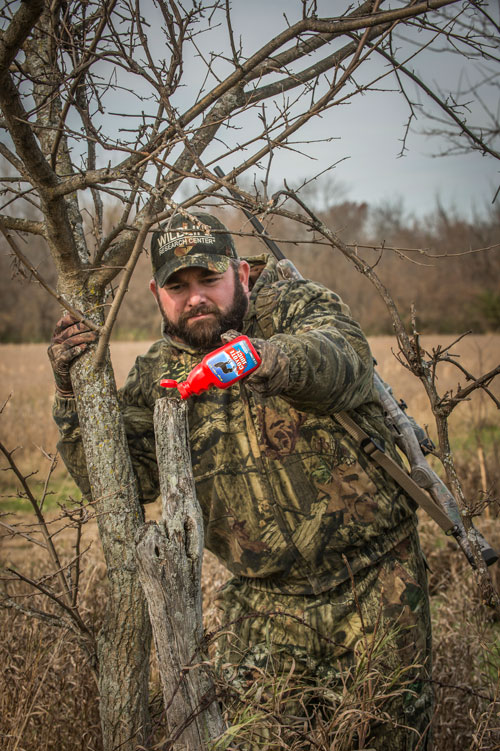
As mentioned earlier, coyotes often pair up and stay that way for an extended period during the breeding season. When calling during this time, hunters will often encounter coyotes responding to calling in pairs, making the sounds of coyotes howling the ideal choice when choosing a call. As with my hunt, the female will usually not be far behind when the male coyote responds to the howls of what he assumes is another coyote invading his area.
During the earlier part of the breeding season, specifically during January through the first few days of February, I use female howls when calling. When using the sound of a female howl, male coyotes are eager to see who is howling and if they are ready to breed. Often, during the earlier parts of the breeding season, male coyotes are by themselves, looking for a mate. The younger males who have never been through a breeding season can search for females for a more extended period than more mature males, and they are the ones that callers often target during this time because of their eagerness to find a first-time mate.
To add authenticity to calling and take the focus from the hunter, using a coyote scent is a bonus. When male coyotes respond to the sounds of a female howling, they often respond with their eyes and their ears, yet they also use their unique sense of smell to try and catch the scent of the female in heat.
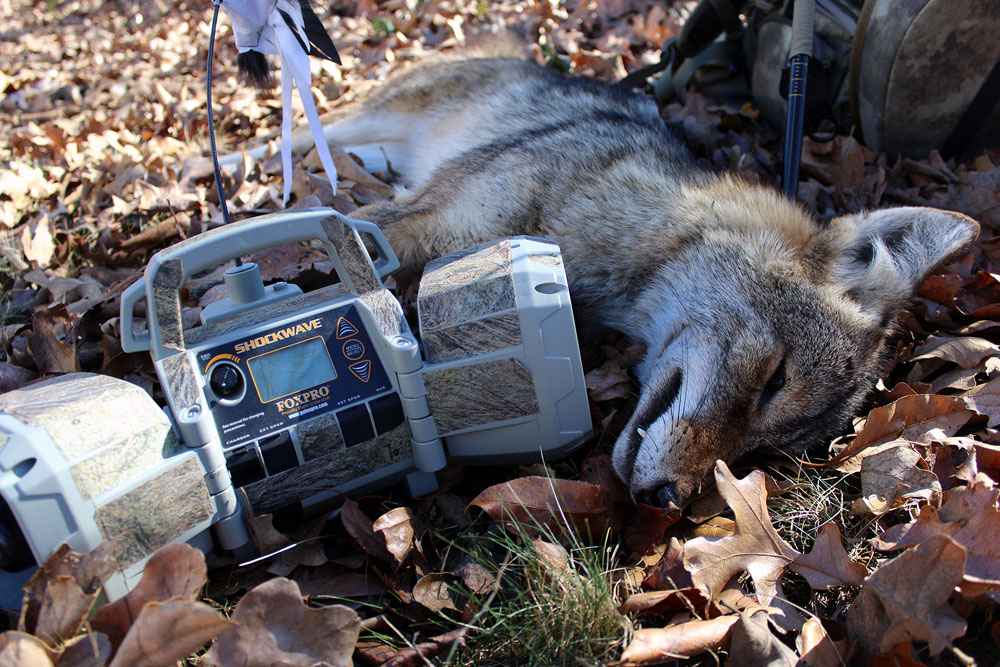
When using a coyote scent such as Buck Bomb’s Coyote Urine or a scent called Coyote Juice from Wildlife Research Center, coyotes rush into the sounds from the calls, but the confirmation of scent can help seal the deal.
When using sounds that focus on breeding behavior or occasionally adding the extra effort of using coyote scents, hunters can experience some of the best hunting that the winter offers by taking advantage of the coyote rut.














